After a brief hiatus, let’s return to my alphabetical journey through our collection with a brief history of the instrument which links Queen Victoria to the guitarist from rock band Queen.
During a visit to the Great Exhibition in 1851, Queen Victoria expressed her delight with the three-dimensional effect of a pair of daguerreotypes seen through a binocular viewer called a stereoscope.
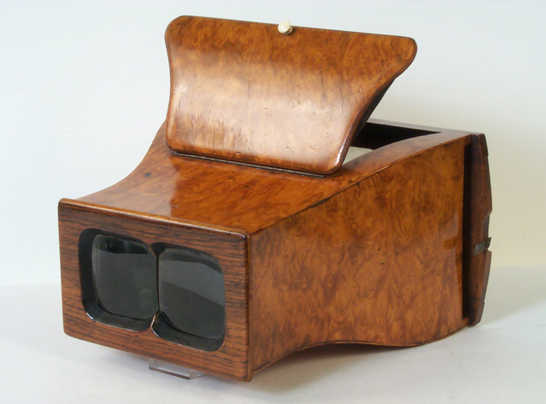
The inventor of this instrument, the Scottish scientist Sir David Brewster, subsequently presented the Queen with a stereoscope, thereby sparking a craze for stereoscopic photography.
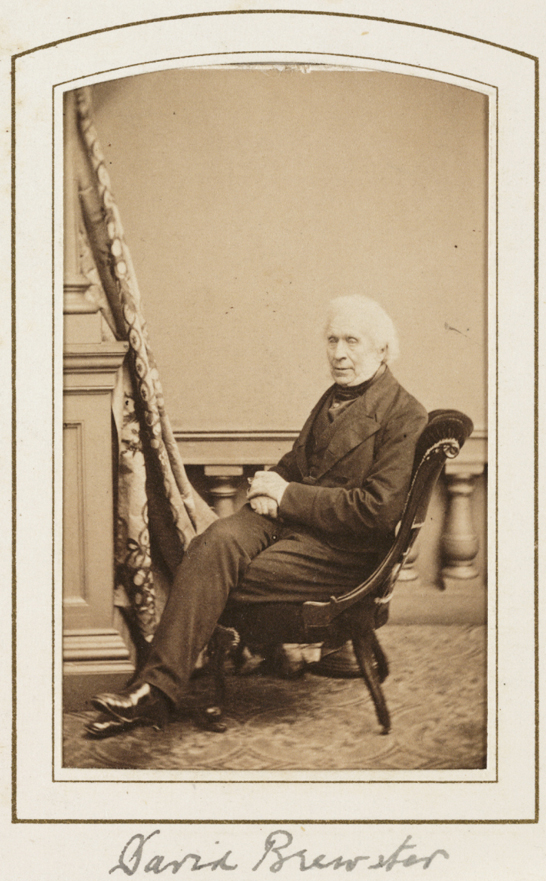
Soon stereoscopes were to be found in practically every middle class Victorian parlour. The demand for viewers and stereoscopic pairs of photographs was enormous and the leading supplier in the world was the London Stereoscopic Company.
In 1854 George Swan Nottage founded the London Stereoscope Company at 313 Oxford Street, London. Within a couple of years the company name had changed to its more familiar form. Nottage, incidentally, went on to become the Lord Mayor of London in 1885 and is buried in St Paul’s Cathedral.
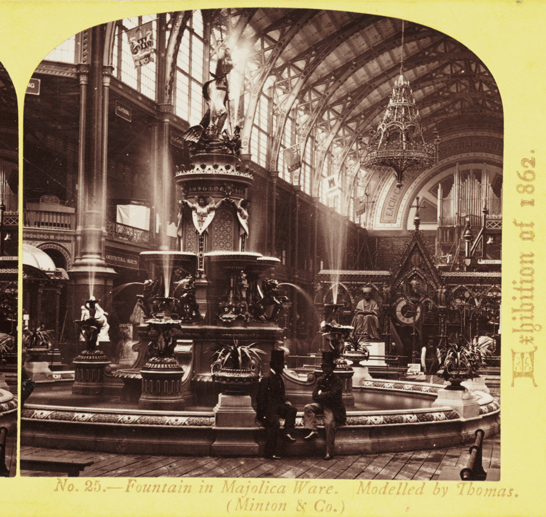
Adopting the advertising slogan ‘A Stereoscope in Every Home’, within two years the company had sold more than 500,000 stereoscopes and had 10,000 titles in its catalogue of stereo cards. By 1858 they claimed to have an incredible 100,000 views available.
The variety of subjects ranged from exotic views of faraway places to English views and buildings, humorous tableaus and scenes of everyday life. They commissioned photographers to travel all over the world, bringing back images. In 1862 alone the company sold one million stereoscopic views.
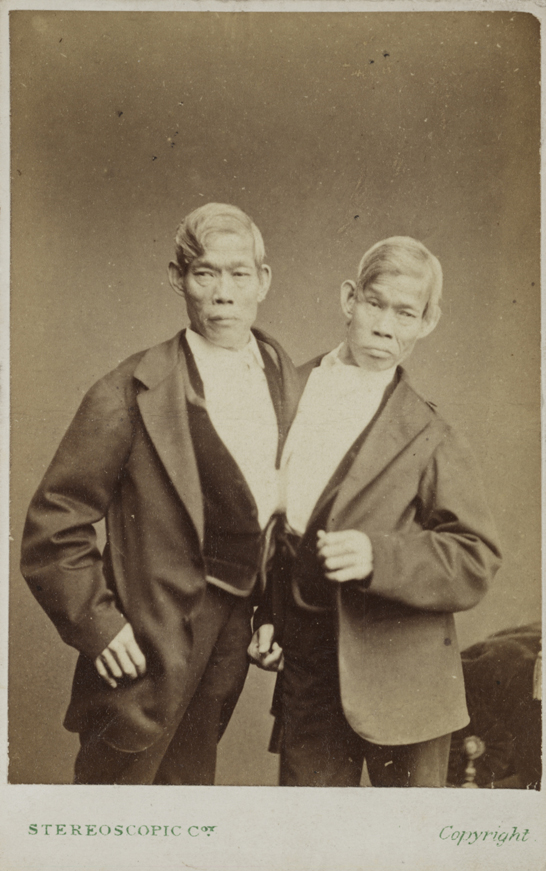
When the craze for stereo cards began to fade in the late 1860s, the company diversified into the newer fashion for carte de visite portraits. The company by this time had changed its name to the London Stereoscopic and Photographic Company.
The business continued to thrive and they also moved into selling cameras, chemicals, photographic papers and plates. For a little while they were even involved in the music business, purchasing the exclusive business rights to the Edison phonograph in 1878.
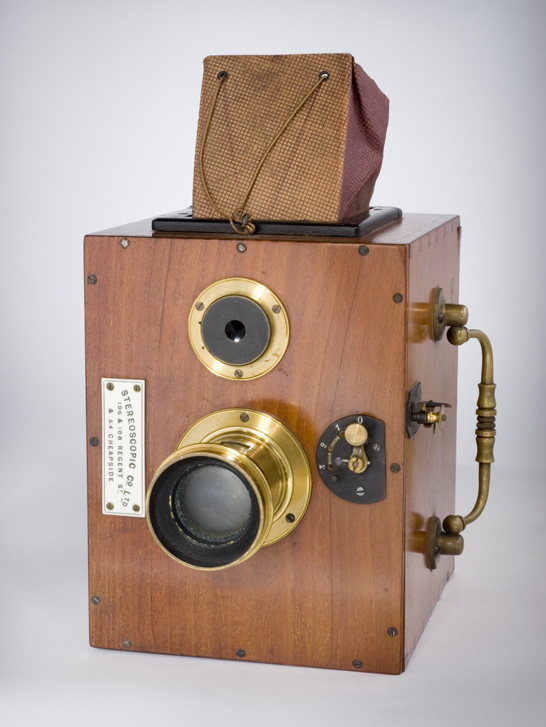
Following World War I, the company fell on leaner times and in 1922, after nearly 70 years, the London Stereoscopic Company went into voluntary liquidation. Thousands of their large format glass negatives were recycled for greenhouse glass but in 1947 about 40,000 smaller negatives were acquired by the Hulton Picture Library (now part of Getty Images) where they are now preserved.
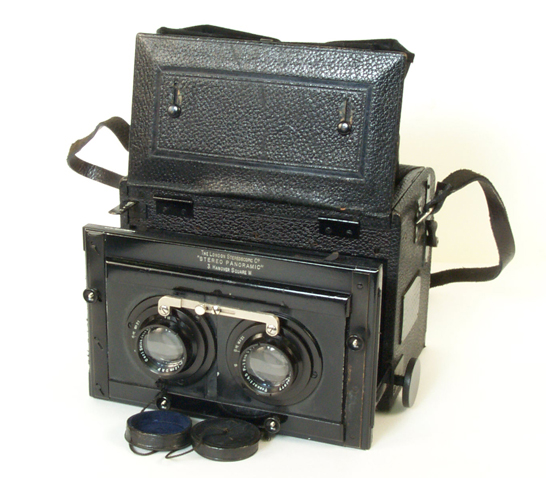
It seemed as if the London Stereoscopic Company had disappeared into photographic history. In 2008, however, the company was reborn after the name was purchased by Elena Vidal and Brian May.
If you’re a regular reader of this blog (or, indeed, a Brian May fan) you’ll know that he is a stereo photography enthusiast and a leading authority on TR Williams, a photographer whose work was published by the London Stereoscopic Company in the 1850s.
![Les Vendenges en Enfer [The Grape Harvest in Hell], back lit, 1868, National Media Museum, Bradford / SSPL. Creative Commons BY-NC-SA](https://blog.scienceandmediamuseum.org.uk/wp-content/uploads/2013/10/vendenges_back1.jpg)
Perfect for this time of year, don’t you think?
Dear Sirs,
Alan Cook has recently forwarded images of two urns, one by C.G. Cibber and the other by Pearce, formerly in the Privy Garden, Hampton Court, then in the East Garden, Hampton Court, and latterly in the East Garden at Windsor, where Cibber’s (of which I have a copy) was LSCd, but I cannot get into them, Lots of Up/Down/Sideways symbols, ending in a red exclamation mark. Both sculptors provided companion monumental vases. Please advise.
Yours faithfully, Edward G. Hill